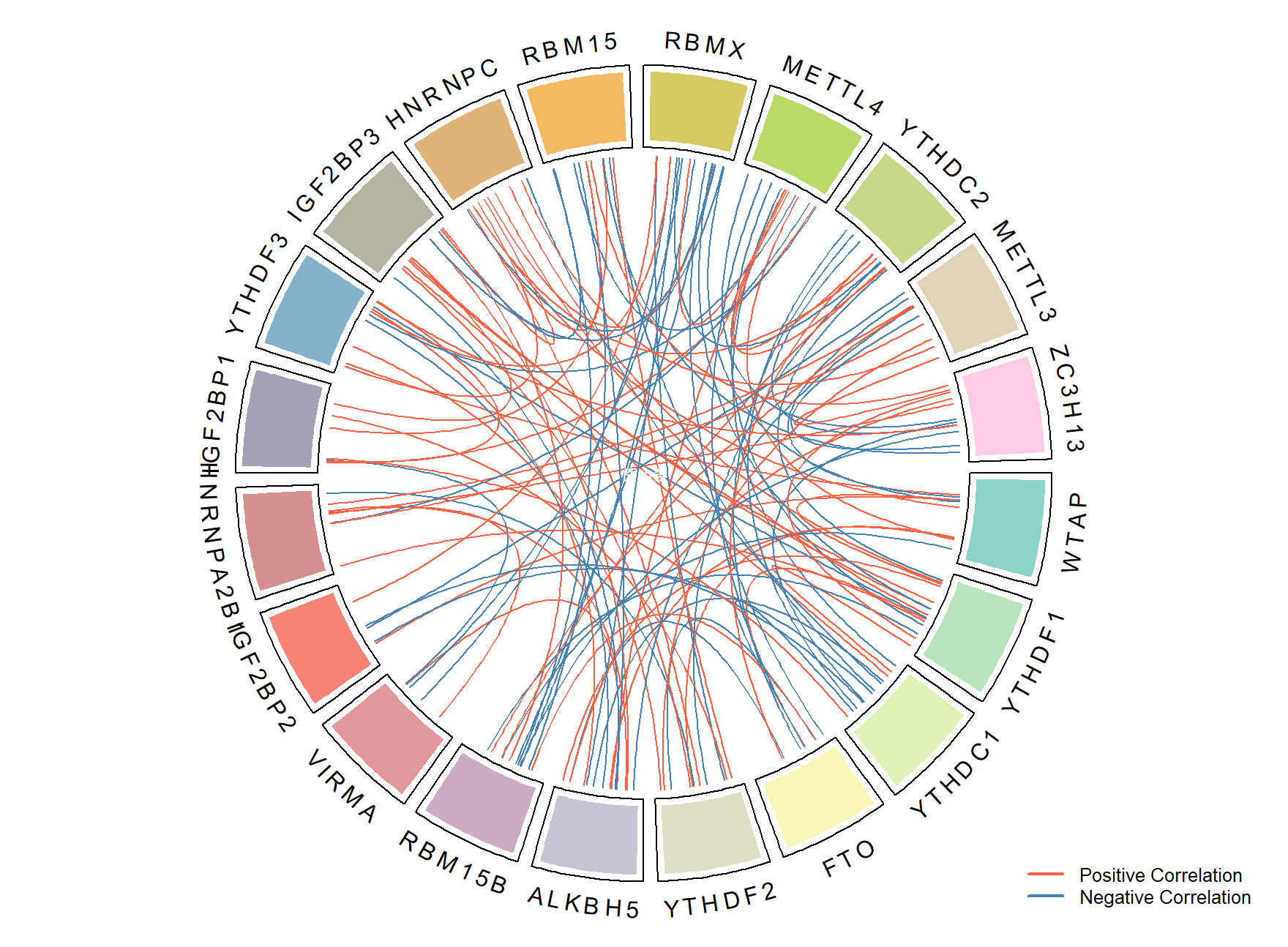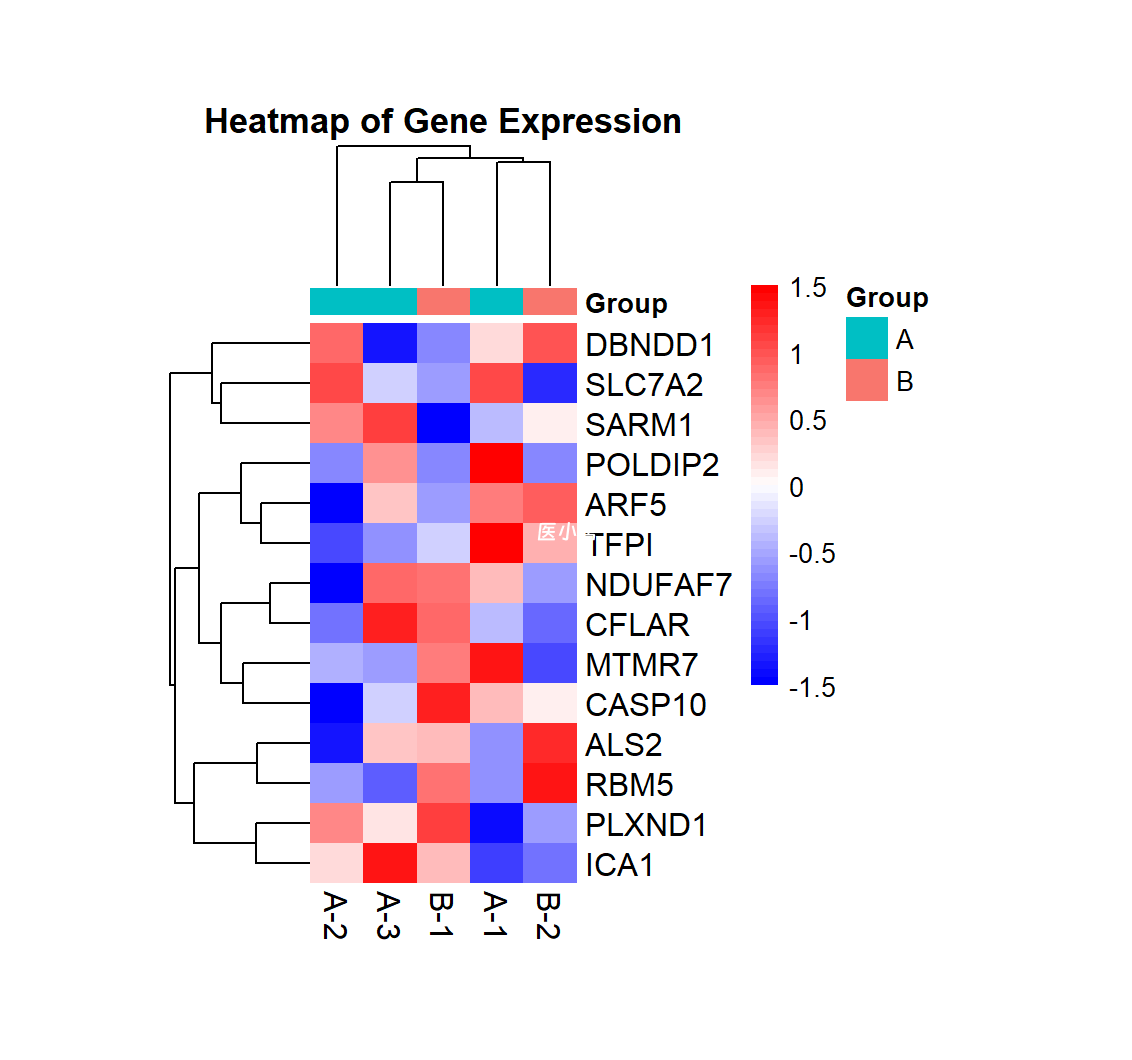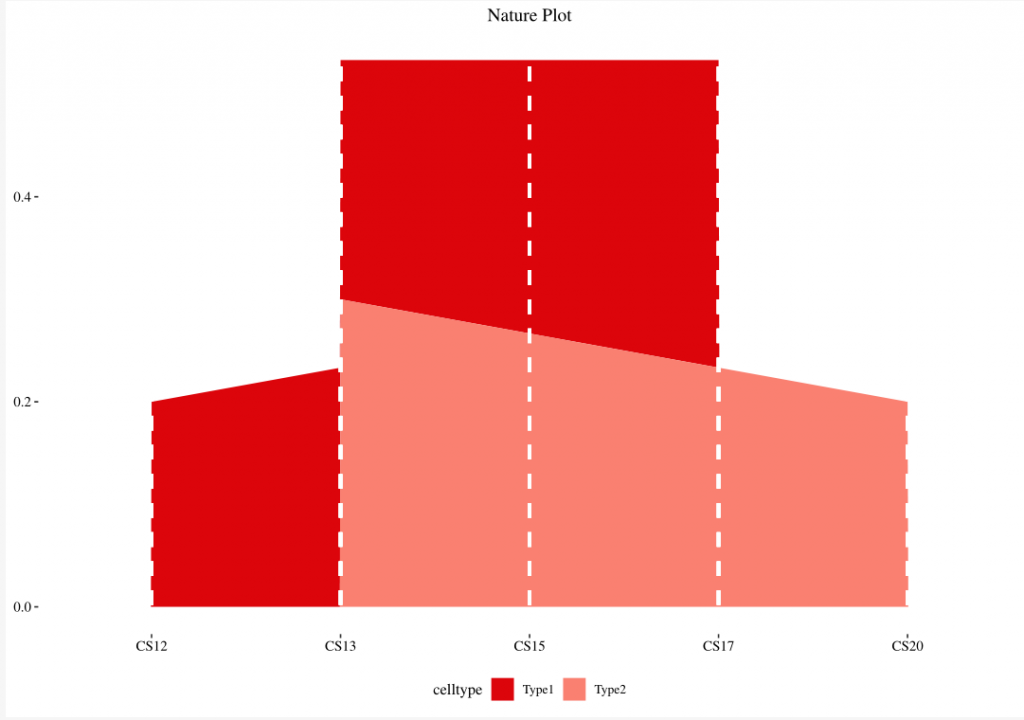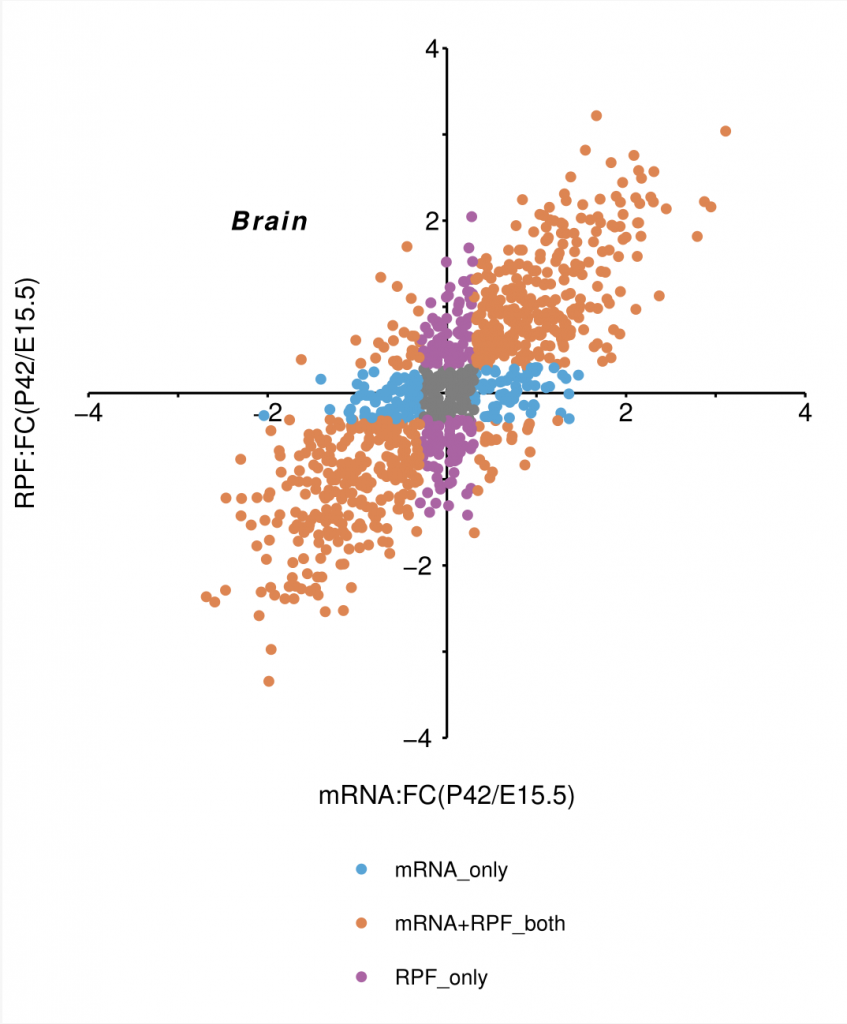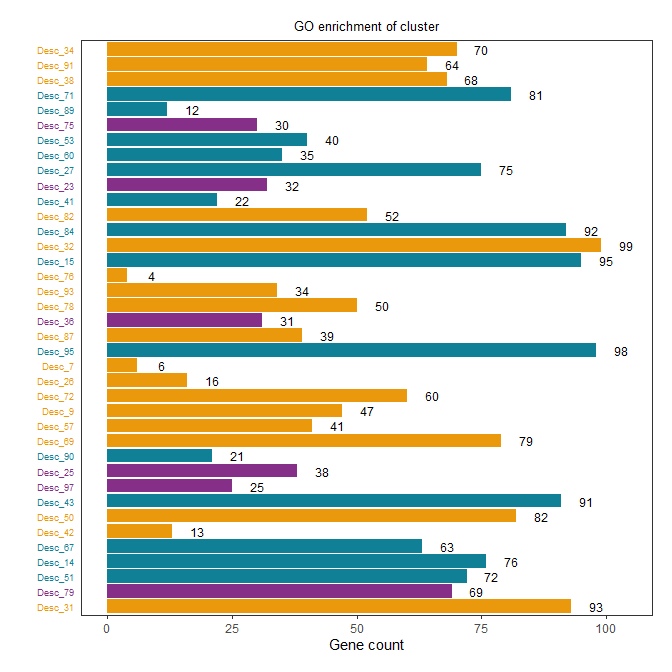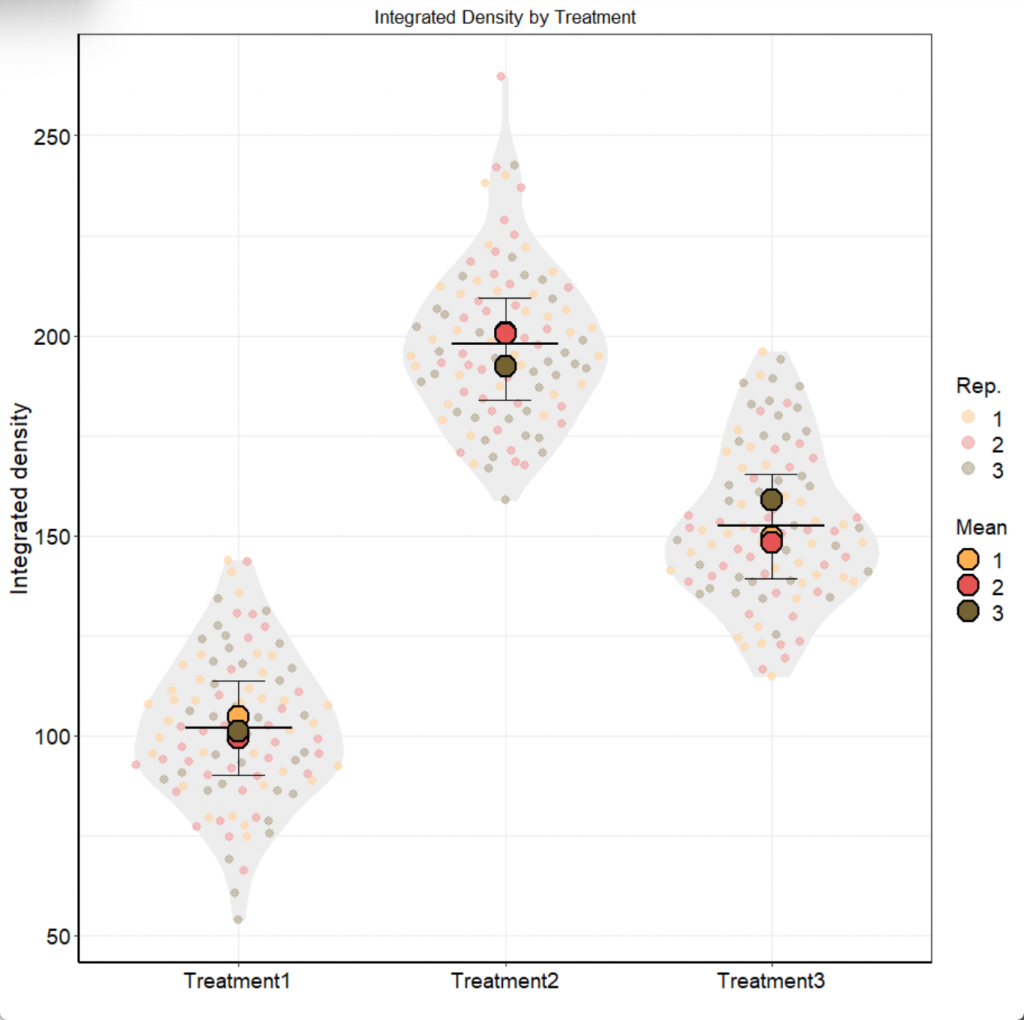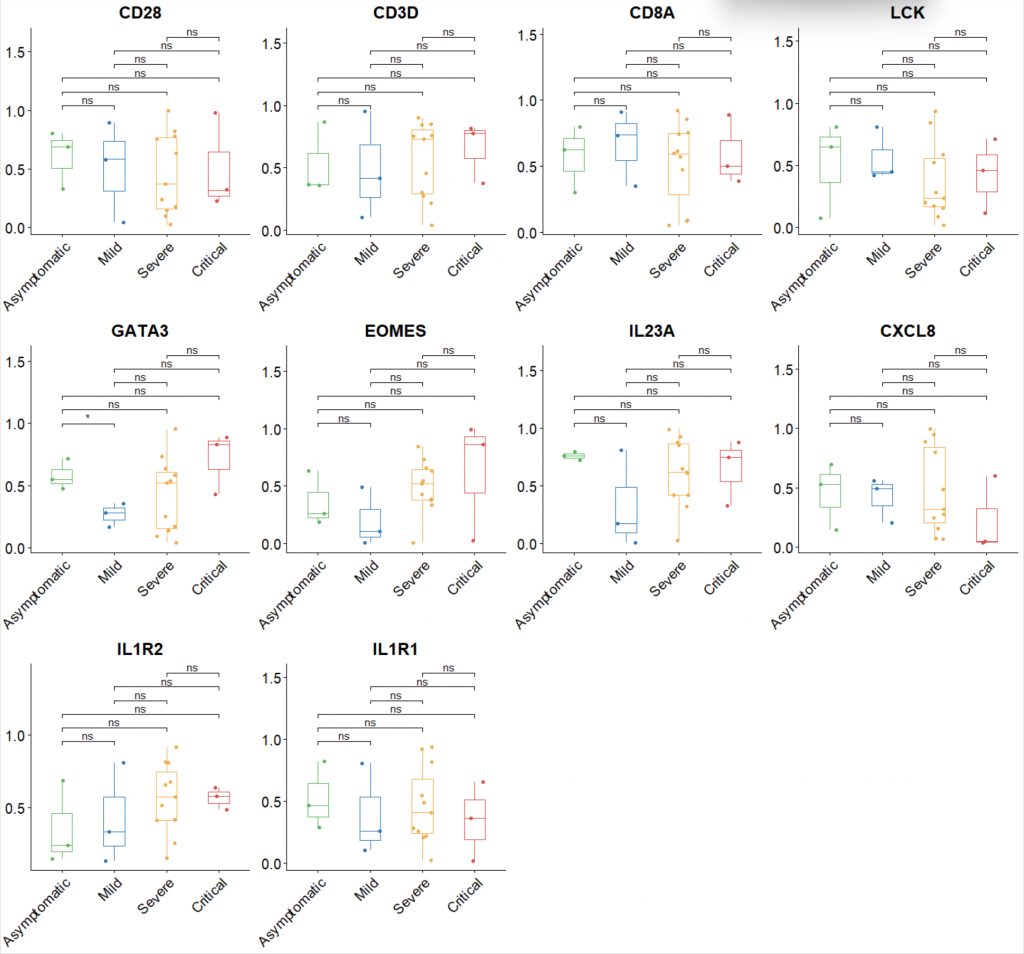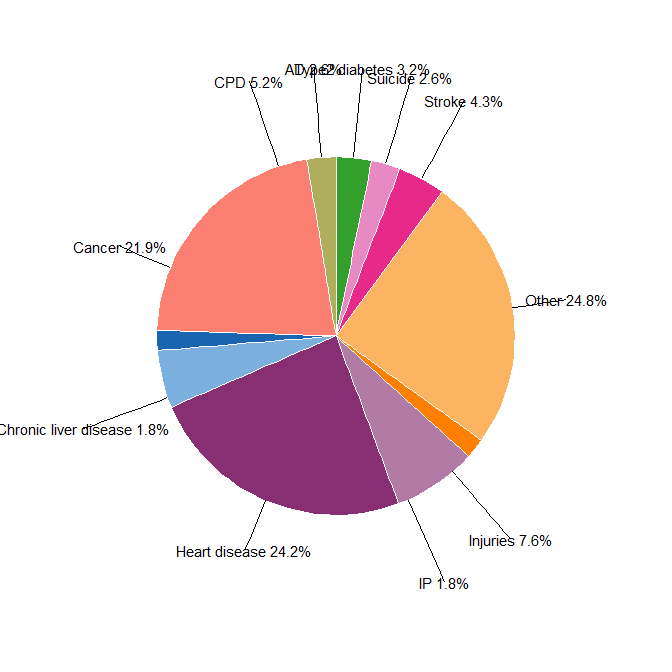R语言基础统计示例:多重线性回归
多重线性回归是一种统计方法,用于探究多个自变量与因变量之间的关系。在R语言中,可以使用lm()函数进行多重线性回归分析。以下是一个详细的解释和应用实例:
-
示例数据集:
我们将使用R中内置的mtcars数据集,该数据集包含32辆不同型号汽车的信息。我们将探讨马力(hp)、重量(wt)和气缸数量(cyl)与每加仑行驶英里数(mpg)之间的关系。
-
数据预览:
首先,加载并查看数据集:
# 查看mtcars数据集
head(mtcars)
-
构建多重线性回归模型:
使用lm()函数构建多重线性回归模型,并将结果赋值给model:
# 构建多重线性回归模型
model <- lm(mpg ~ hp + wt + cyl, data = mtcars)
-
查看模型摘要:
使用summary()函数查看模型摘要,包括系数、R平方、调整R平方等信息:
# 查看模型摘要
summary(model)
-
评估模型:
从模型摘要中,可以看到每个自变量的系数、标准误差、t值和p值。p值可以帮助我们判断自变量对因变量的影响是否显著。此外,还可以查看R平方和调整R平方,以评估模型的拟合程度。
-
预测:
使用predict()函数进行预测:
# 使用模型进行预测
predictions <- predict(model, newdata = mtcars)
# 查看预测值
head(predictions)
-
模型诊断:
可以通过绘制残差图、QQ图等,检查模型是否满足线性回归的假设。例如,可以使用plot()函数绘制模型的残差图:
# 绘制模型的残差图
plot(model)
通过这个例子,你应该对如何在R语言中进行多重线性回归分析有了一个基本了解。不过,要根据具体的数据和需求调整模型,可能还需要深入学习和实践。
THE END
